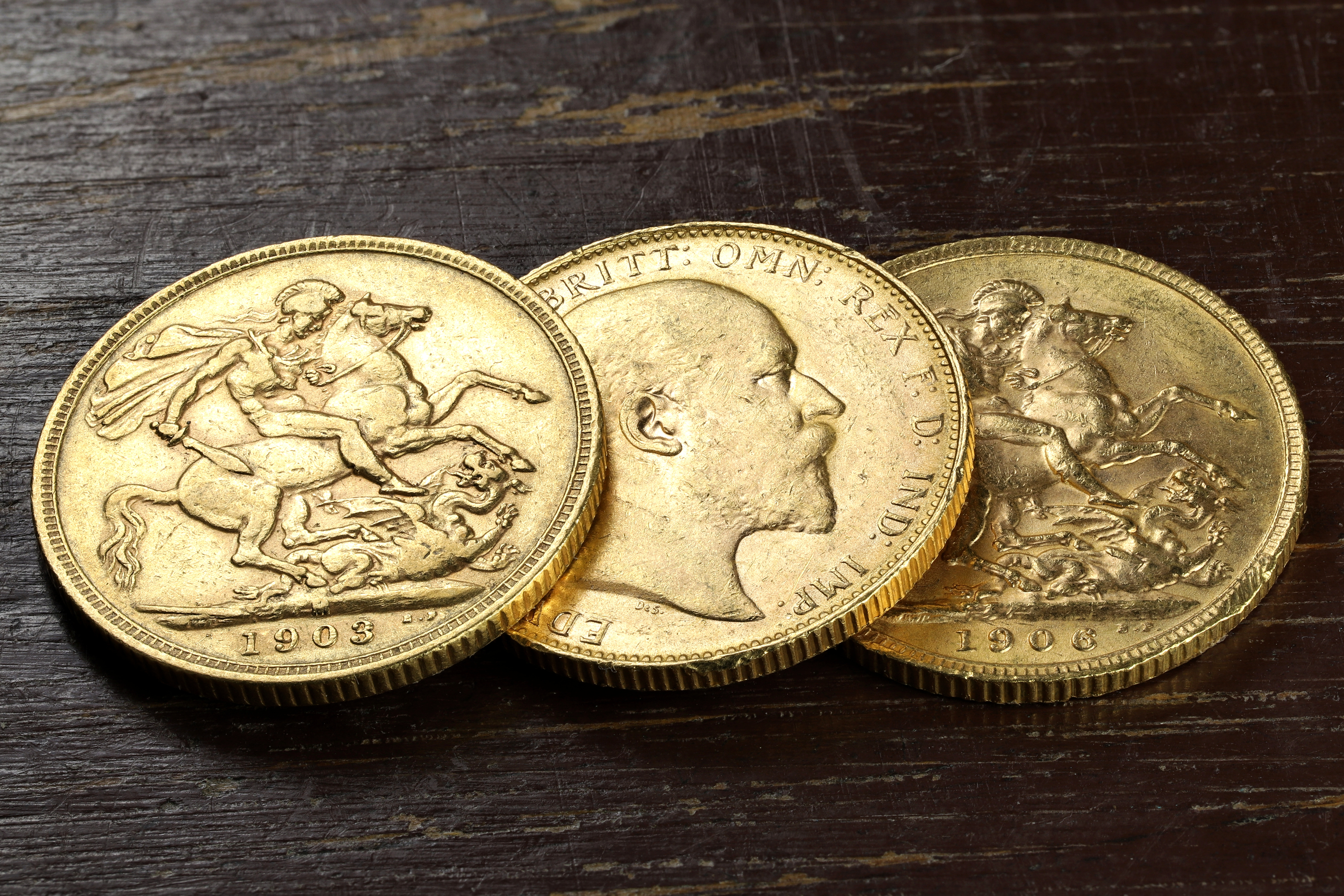Understanding the Value of Gold Numismatics in a Portfolio
Why Gold Numismatics Add Unique Value to Your Investment Portfolio
There’s something to be said for investing wisely, especially with precious metals like gold. When it comes to gold, it’s a fairly easy process once you understand the basics of numismatics and other investment strategies. Below, the precious metals experts from First National Bullion, the Scottsdale gold coin dealers collectors trust for outstanding quality and impeccable service, explain the value of gold numismatics in a portfolio.
What Is Numismatics?
Numismatics is the study of gold and other precious metals. The focus is on the history of various coins or bars along with the value and other key factors, such as the current market value of other coins or bars. Historic gold coins from before the 1930s or during times before World War I or World War II are likely to have more historical significance than recently minted coins or bars. For this reason, numismatics tends to apply to older gold pieces rather than recent ones with little or no historic value or new collectable coins. More recent coins are referred to as semi-numismatics. This also includes recently dated coins that are either proof or uncirculated.
What Is Value?
Value is defined as being subjective and objective. Subjectively, the value of gold depends on what appeals to you. For instance, you may prefer the elegant design of the Canadian Maple Leaf over the popular American Eagle series from the United States Mint. Value also encompasses what has significant or potential resale value. Collectible coins that are fairly new, for example, are only valuable to certain collectors and not the average everyday collector or buyer. Objectively, numismatics refers to the actual historical nature of a gold piece that provides value.
What Are Some Valuable Collectibles?
Not all collectibles are risky investments. Numismatics generally refers to older collectibles, especially ones made before Americans were asked to turn over their gold after the Gold Reserve Act of 1934 was enacted on January 30th, 1934, during the Great Depression. These coins are limited as far as supply goes. The only ones in circulation are the ones Americans held on to instead of turning them over. The ones turned over were melted down and lost forever.
What Are Investments that May Pay Off for You?
If you find the right gold coins, you may earn a nice profit over regular gold bullion. The main reason is that collectors are often willing to pay more than the spot price of gold. Some collectors are willing to pay more if they know the history behind a particular gold piece, which is where numismatics comes into play. If gold prices fall, you may still make a profit with collectibles that have added value.
If you do your research well, you may be able to convince buyers to pay more based on what you learn about a particular piece. Experienced gold sellers tend to know the histories behind their various gold coins, which is why it’s best to make purchases of this nature from reputable sellers. Collectibles of this nature aren’t for everyone. It takes time to find the right purchases, and you also have to find the right buyers if you prefer to make a profit on your investment.
If they’re looking for the best place to buy gold coins, Scottsdale, collectors should reach out to the trustworthy professionals at First National Bullion. We can answer all your questions and help you find all the information you need on how gold can figure into your investment planning decisions. Give one of our experienced dealers a call today.
The statements made in this blog are opinions, and past performance is not indicative of future returns. Precious metals, like all investments, carry risk. Precious metals and coins may appreciate, depreciate, or stay the same in cash value depending on a variety of factors. First National Bullion does not guarantee, and its website and employees make no representation, that any metals for sale will appreciate sufficiently to earn the customers a profit. The decision to buy, sell, or borrow precious metals and which precious metals to purchase, borrow, or sell are made at the customer’s sole discretion.


